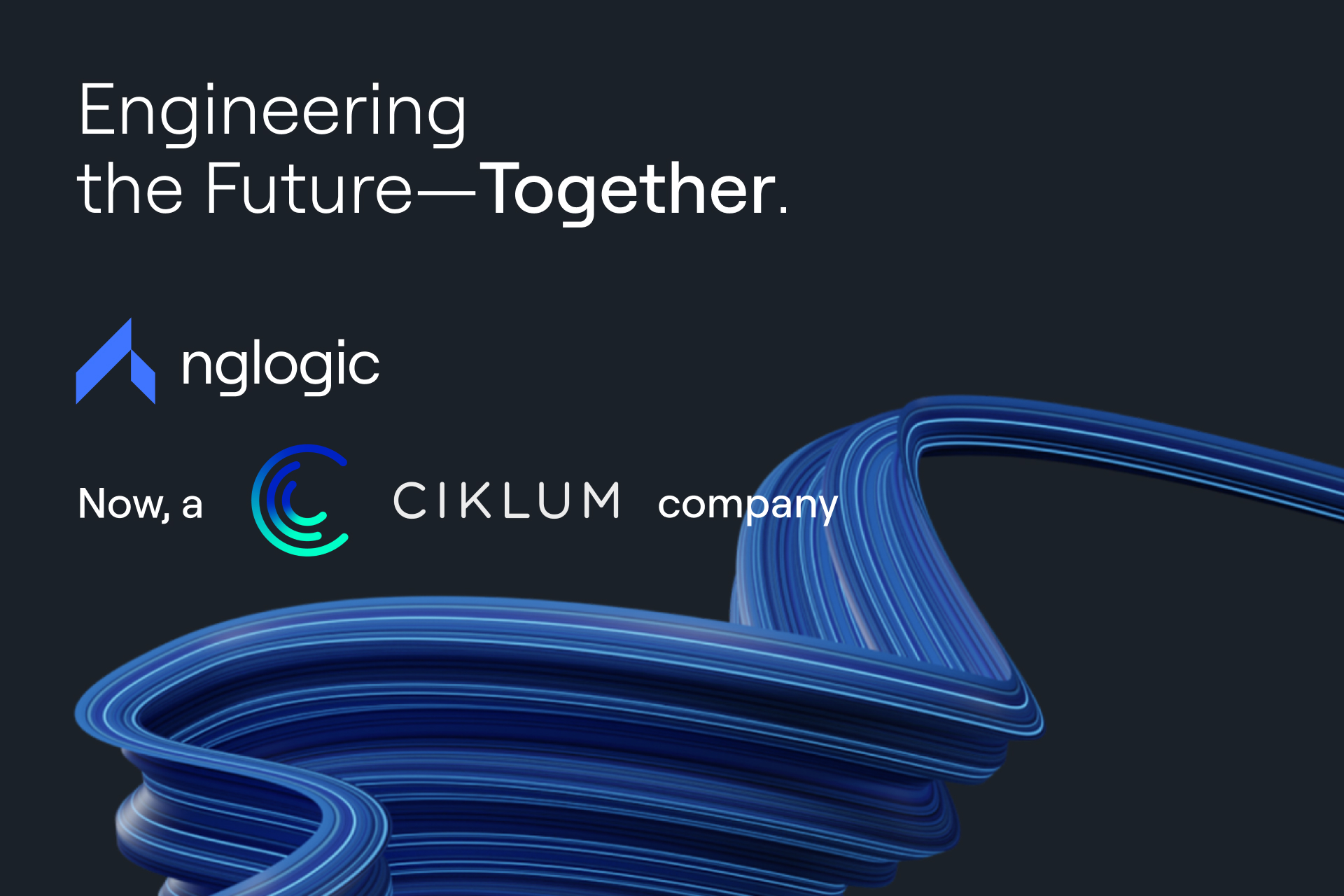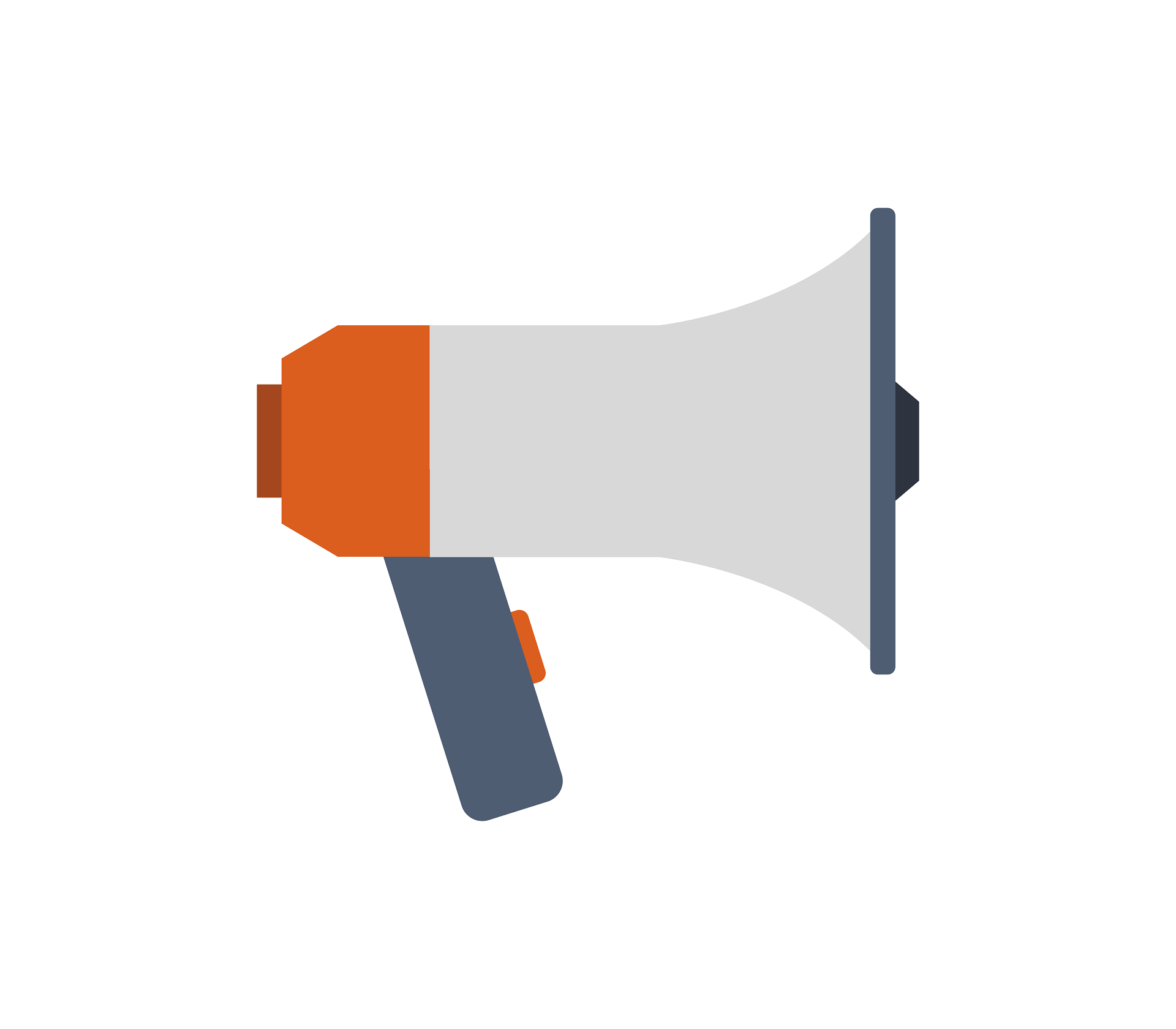Snowflake is a cloud-based data platform that enables businesses to store and analyze data in a modern data warehouse. Snowflake is designed to provide organizations with an efficient, secure, and cost-effective way to store and query data. With Snowflake, businesses can easily access and analyze data from a variety of sources, including on-premise and cloud-based systems. It is also highly scalable, with support for multi-cloud infrastructure environments, allowing organizations to expand their security and compliance capabilities as their needs grow.
Snowflake provides a fully-managed data warehouse solution, meaning that companies don’t have to worry about managing the underlying hardware or software. All of the management, including provisioning, scaling, patching, and backups, is handled by Snowflake, allowing companies to focus on their data and analytics. Snowflake also offers a cloud-native architecture, allowing companies to benefit from the scalability, resiliency, and cost savings offered by cloud computing.
Benefits of using Snowflake data cloud
Snowflake is a great option for businesses looking to store and analyze data in the cloud. Snowflake provides businesses with a secure and cost-effective way to store and query data. Additionally, Snowflake offers a variety of features that make it easier to manage and process data. Some of these features include scalability, high performance, and the ability to access data from multiple sources. Snowflake also offers advanced analytics capabilities, allowing businesses to gain valuable insights into their data.
Snowflake also provides advanced security and compliance capabilities, allowing businesses to meet the most stringent data privacy requirements. Additionally, Snowflake’s cloud-based nature enables businesses to quickly set up and scale their data warehouse, saving time and money.
Snowflake’s features
Snowflake’s features are designed to help businesses maximize the value of their data. Its built-in query optimizer helps to ensure optimal performance and helps reduce query times. Snowflake also offers a variety of data integration tools, allowing businesses to easily bring data from multiple sources into the data warehouse. Snowflake also has a range of data visualization and reporting features, allowing businesses to gain insights from their data quickly and easily.
Snowflake offers a variety of features that make it an attractive option for businesses looking to store and analyze their data. These features include:
- Automated Data Ingestion – Snowflake allows businesses to quickly ingest all the data from a variety of sources, including files, databases, and streaming data. This makes it easy to get up and running quickly with Snowflake.
- Query Optimization – Snowflake’s query optimization features make it easy to optimize queries for performance and cost efficiency.
- Multi-Tenancy – Snowflake’s multi-tenancy feature allows businesses to set up multiple isolated databases on the same server. This makes it easy to manage multiple databases within the same Snowflake instance.
- Data Security – Snowflake offers a variety of security features, including role-based access control, data encryption, and audit logging. This makes it easy to ensure that data is secure and compliant with data privacy regulations.
- Cost Efficiency – Snowflake’s pay-as-you-go pricing model makes it cost-effective for businesses of all sizes.
What is Snowflake Architecture
Snowflake is designed to be a fully managed cloud data platform, providing users with seamless integration between data storage and analytics. Snowflake is built on a multi-cluster, shared-data architecture that ensures scalability, high performance, and availability of data. It also features built-in data compartmentalization, which allows for secure data sharing across multiple users. Snowflake provides users with a rich set of features, such as column-level access control, data masking, and data encryption.
Snowflake and the Data Warehouse
Data warehouses have become increasingly important as businesses continue to generate and store vast amounts of data. This data is often used to inform decisions and gain a better understanding of customers, products, and services. When it comes to data warehouses, Snowflake is one of the most popular and widely-used solutions available.
Snowflake fits into the data warehouse landscape as an efficient, secure, and cost-effective solution for businesses looking to store and query their data. With Snowflake, businesses can take advantage of data-warehouse-as-a-service (DaaS) capabilities, including real-time analytics, data virtualization, and data governance. Additionally, Snowflake is optimized for both structured and unstructured data, allowing businesses to easily access and query both types of data.
Snowflake data platform offers several advantages compared to other data warehouses.
Snowflake’s architecture is designed to maximize data availability, scalability, and performance
It utilizes a unique “virtual warehouse” concept, meaning multiple warehouses can be used parallel to increase performance. Additionally, Snowflake stores data in a columnar format, allowing for faster query speeds and improved data compression.
Snowflake also offers an array of powerful features that make it an attractive option for businesses.
For starters, it supports semi-structured data, such as JSON and XML, allowing for more flexible data modeling. It also provides a range of integration options, including support for popular data integration tools such as ETL and ELT. Additionally, Snowflake provides robust security measures, including encryption and authentication mechanisms.
Snowflake for data science
Snowflake has also become a popular choice for data scientists and data analysts, as it is easy to use and provides powerful analytics and data visualization capabilities. Snowflake also helps data scientists collaborate on projects and share insights. It provides users with a secure, scalable platform that allows them to store data in multiple formats and share it with other users. This makes it easy for data scientists to work together, share their findings, and build better models. The platform is also highly secure, making it a great choice for companies who need to store sensitive data.
Data Platform Workloads
Data Lakes: A data lake is a large storage repository that holds large amounts of raw data in its native format until it is needed. By keeping the data in its raw form, it can be used for multiple purposes, such as analytics, machine learning, and data science. Snowflake’s data lake features allow you to store and access data from a single source of truth, eliminating the need to manage multiple copies of data across different systems.
Data Pipelines: Snowflake’s data pipeline solution simplifies the process of ingesting, transforming, and loading data into your data warehouse. Snowflake’s complex data pipelines are designed to integrate data from multiple sources, such as databases, files, APIs, and streaming sources. It also provides advanced data transformation capabilities to help you quickly and easily prepare your data for analysis.
Big Data: Snowflake’s big data solution allows you to store and process large amounts of data quickly and securely. Snowflake’s big data capabilities include a distributed storage architecture and a high-performance SQL query engine, allowing you to store and analyze data from various sources, such as Hadoop, Kafka, and Spark.
Data Governance: Snowflake’s data governance solution enables you to quickly and easily manage data security, access control, and compliance with enterprise data policies. Snowflake’s data governance features enable you to easily monitor and manage data access, ensure data security, and audit data access.
Cost Optimization: Snowflake’s cost optimization solution enables you to quickly and easily manage and optimize your cloud data storage costs. Snowflake’s cost optimization tools enable you to easily monitor and manage data storage costs, identify cost optimization opportunities, and take advantage of cost savings.
Snowflake Security and Compliance
Snowflake provides a central system for organizations to manage the security and compliance of their cloud data, including data encryption, user access control, and audit logging. Snowflake also provides a range of security services, such as secure backups, threat protection, and data masking. In addition, Snowflake offers a range of compliance services, such as PCI-DSS and HIPAA compliance, to ensure that organizations meet the necessary regulatory requirements.
Snowflake’s security features provide customers with control over who has access to their data and how they use it. Customers can also set access control policies and monitor user activities, ensuring that only authorized users can access sensitive data. In addition, Snowflake provides encryption of all your data both in transit and at rest, as well as analytics and auditing tools to help organizations meet their compliance requirements.
Traditional data warehouse vs virtual warehouses
Traditional Data Warehouse
A traditional data warehouse is a type of data warehouse that is built on-premises, typically inside a company’s own data centers. It is designed to store and organize large amounts of data, typically from multiple sources. It facilitates data analysis, reporting, and business intelligence and provides insights into the business.
Virtual Warehouse
A virtual data warehouse is a cloud-based data warehouse that is hosted in a cloud provider’s data center. It is designed to store and organize large amounts of data, typically from multiple sources. It facilitates data analysis, reporting, and business intelligence and provides insights into the business. It is typically more cost-effective than a traditional data warehouse and can be implemented quickly. Additionally, the cloud provider handles all of the maintenance, upgrades, and scaling needs.
Snowflake supports both traditional and virtual data warehouses. Snowflake’s virtual data warehouse offers the same features as a traditional data warehouse, but with the added benefit of cloud scalability and cost savings.
Concluding thoughts about Snowflake data cloud
In conclusion, Snowflake Data Cloud Platform is an innovative and comprehensive cloud-based data platform that provides businesses with fast, secure, and cost-effective access to data. It allows organizations to store, query, and analyze large amounts of data quickly and easily, without the need for expensive and complex hardware and software. Its wide range of features, such as scalability, flexibility, and security make it an ideal choice for businesses of all sizes, from small businesses to large enterprises. It provides businesses with an efficient way to access, store, and process data while helping to reduce costs and maximize efficiency.













 +1 (888)
413 3806
+1 (888)
413 3806